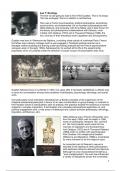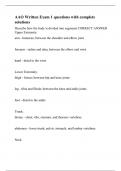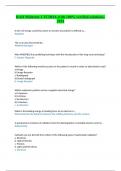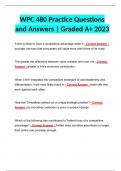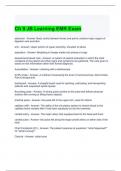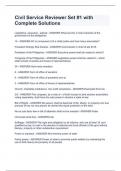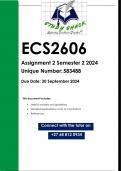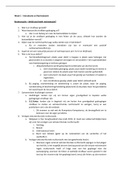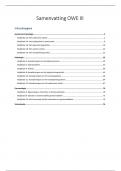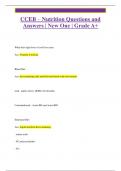Resume
Summary Architecture, theory and criticism: Lessen Gideon Boie
- Établissement
- Katholieke Universiteit Leuven (KU Leuven)
In this document, you can find a summary of the 6 lessons that Gideon Boie has given in the lessons "Architecture, theory and criticism". The first pages are about chapter 7: Ecology, after that, you can find chapter 8: democracy, then chapter 9: performativity, after that is chapter 10: decolo...
[Montrer plus]
